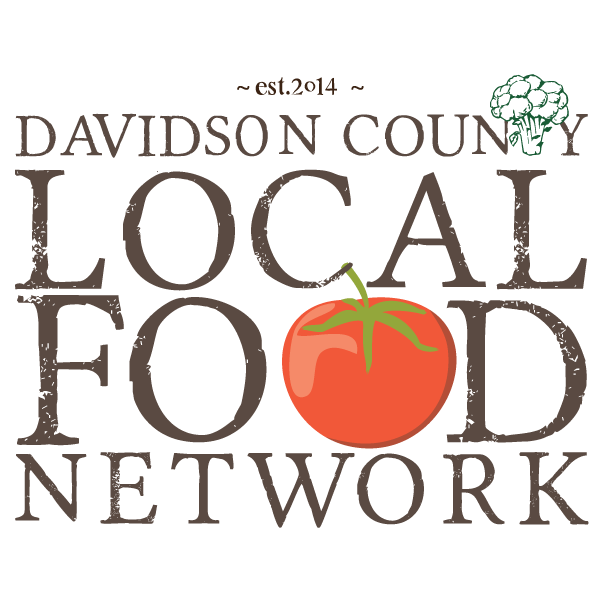The way an animal lives has a big impact on both the flavor and quality of the meat it produces. Age, diet, and even the cut of meat all contribute to subtle differences in taste and texture. For example, younger and older animals produce different meat profiles, and even different cuts from the same animal offer unique flavors.
All cattle start life grazing on grass, but it’s the last four to six months that really defines the difference between grass-finished and grain-finished beef. How a cow is finished affects flavor, fat quality, and texture. While the “best-tasting” beef is subjective, healthier beef depends not just on fat quantity, but also on fat quality.
Understanding Meat Labels
Meat labels can be confusing, so here’s a breakdown of common terms you may encounter:
Grain-Finished
Cows are fed grain in the last four to six months of life, often in a feedlot.
Some pasture-raised cattle may receive supplemental grain during this period.
Grass-Finished
Cattle graze on pasture for their entire lives.
No standard exists regarding herbicide or pesticide use on pastures.
Naturally Raised
Certified by USDA’s Agricultural Marketing Service.
No antibiotics, preservatives, or added hormones.
Can be grain-finished or grass-finished.
Does not mean the beef is organic.
Certified Organic
Can be grain-finished or grass-finished.
Feed must be 100% organic, with no GMOs.
Must be processed at a USDA-certified organic meat processor.
Certified by USDA’s Agricultural Marketing Service.
Certified organic beef can be tricky—many farmers raise cattle organically but cannot label it as USDA-certified organic if the meat processor they use is not certified organic. For ranchers in North and South Carolina, finding a certified organic processor nearby can be difficult. As a result, many farmers market their products as local and pasture-raised instead.
Local
“Local” has no standardized definition. It generally means raised within a distance that consumers consider reasonable.
Local does not automatically mean organic or sustainably raised.
Be cautious: some beef labeled “local” may only spend a short time on a nearby farm before being processed.
Choosing Meat Responsibly
If you want to consume meat responsibly, it’s important to be an informed shopper. Visit farmers markets, ask questions, and get to know your farmers. Understanding where your meat comes from and how it’s raised helps support sustainable local food systems—and ensures you’re enjoying high-quality, flavorful beef.
For more resources and to explore beef cuts interactively, check out:


